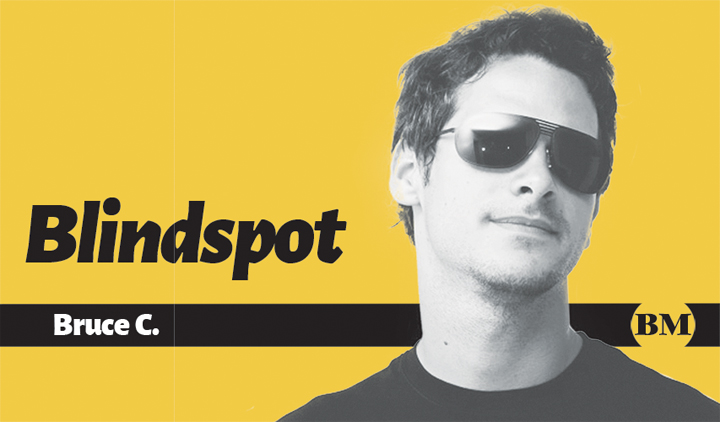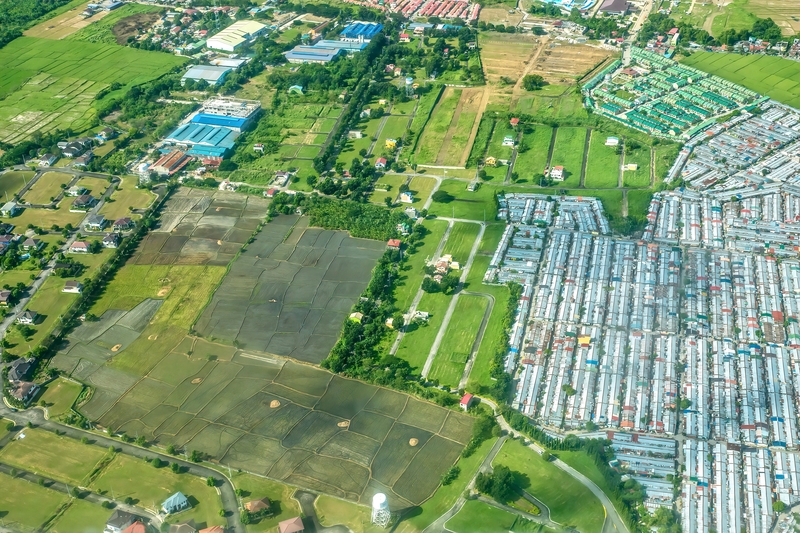By Vanessa Gera | The Associated Press
WARSAW, Poland—American photographer Chuck Fishman was just 21 when he began traveling behind the Iron Curtain in 1975 to document a Jewish community on the verge of dying out after centuries of existence in Poland. He couldn’t have foreseen a Jewish revival that came after the fall of communism in 1989.
A new photo exhibition opened this week in Warsaw that brings together Fishman’s early documentation of a melancholy and declining Jewish world with the revival of traditions by the third and fourth generations after the Holocaust, a transformation that left him astounded.
Titled Re-Generation: Jewish Life in Poland,
the exhibition showing at the Jewish Historical Institute in Warsaw will run until October 28 and then go to the Galicia Jewish Museum in Krakow for several more months.
Fishman, now 65, told The Associated Press that his motivation for documenting Poland’s Jews in the 1970s and 1980s was to record their history before the centuries-old Jewish community died out completely.
On the eve of the Holocaust, Polish Jews numbered around 3.3 million, the largest community in Europe. Most were killed by Nazi Germany, while postwar violence and an anti-Semitic campaign by the Polish communist regime in 1968 forced thousands of the survivors and their children into exile.
“It was supposed to be the last of 1,000 years of Polish Jewish life. That’s what everyone was saying—everyone,” Fishman said. “And if it was not for the fall of communism, it would have been the end.”
Fishman did five reporting trips to Poland from 1975 to 1983, often to cover other historical events, like the first visit of Polish Pope John Paul II to his homeland in 1979 and the rise in the 1980s of Lech Walesa’s anticommunist Solidarity movement. On those trips he also turned his camera on Yiddish-speaking Holocaust survivors who gathered in derelict buildings to pray together. At the time, Jewish life took place in private because of fears of discrimination.
In some cases he managed to capture those praying during Sabbath services. While some opposed him taking pictures on the Sabbath, a violation of Jewish law, Fishman recalled that others were willing to overlook it. “I was this nice Jewish boy from America,” Fishman said, recalling how the sympathetic worshippers with nonverbal language seemed to be saying: “Leave him alone. What’s the difference? When we’re gone there’s nothing here.”
After a 30-year absence, he returned again to Poland in 2013—a span of time in which communism collapsed and Poland joined the European Union and Nato. He was blown away by the new wealth of the capitalist era—the ATMs and luxury cars and everything else that had transformed the country—and by an optimistic and growing generation of Jewish families who finally had rabbis and who felt comfortable about celebrating their traditions openly.
In some cases, Poles learned of Jewish roots in deathbed confessions of relatives who finally felt that it was safe to pass on their secrets.
While the numbers of Jews is small, perhaps no more than 20,000 people among 38 million, Poland now has renovated synagogues, Jewish street festivals, a Jewish school, kosher restaurants and even Jewish arrivals from the US and Israel.
“Coming back was beyond trippy,” said Fishman, who lives in the New York area. “Everything was astounding to me.”
Photos from Fishman’s first trip to Poland were featured in a 1977 book, Polish Jews: the Final Chapter. But most of the photos on display in Warsaw now had never been published in print. During communism he made a point of never publishing images of young Polish Jews, fearing that to identify them publicly could have negative repercussions for them.
All of Fishman’s photos are in black and white and were shot with film and developed by him in his dark room, something that creates a feeling of consistency in the collection despite spanning 43 years and radically different political systems.
Image credits: AP


































